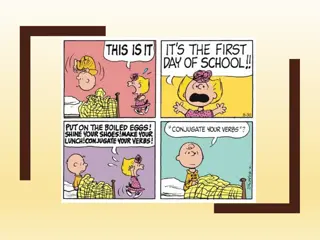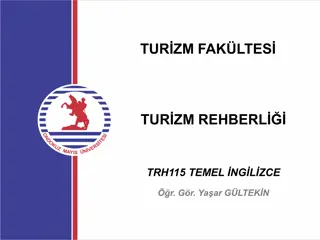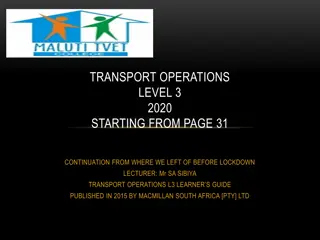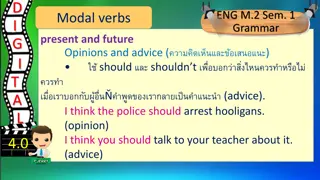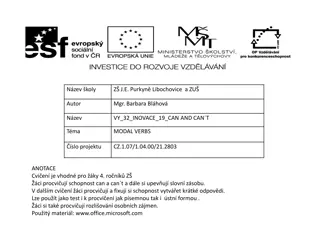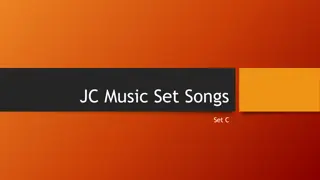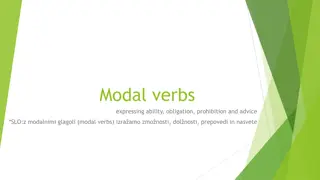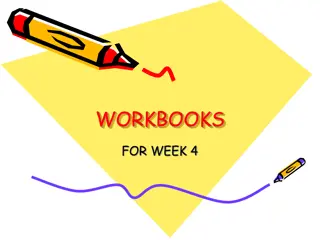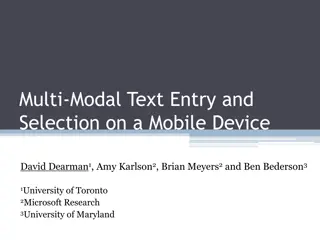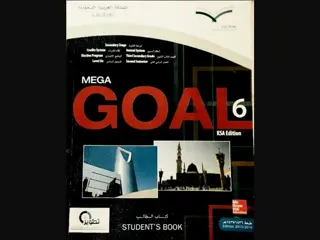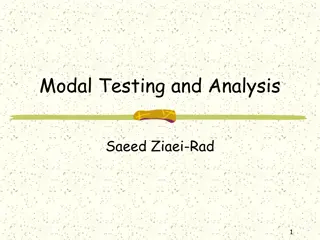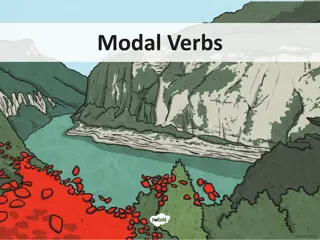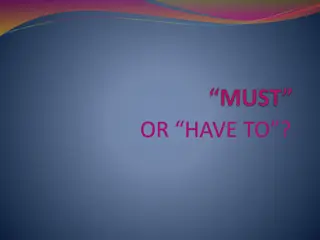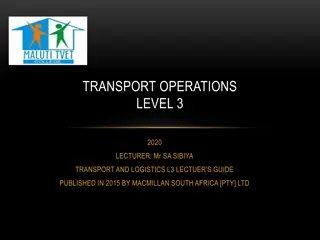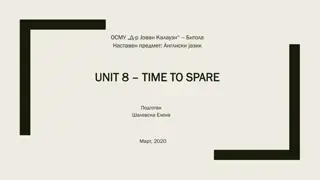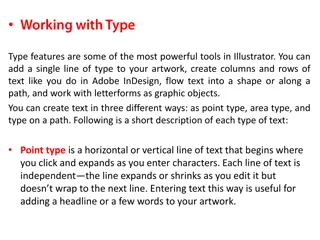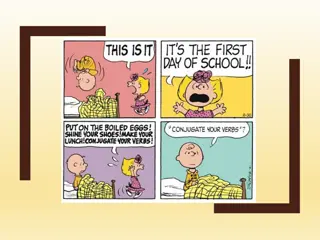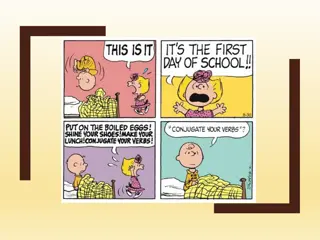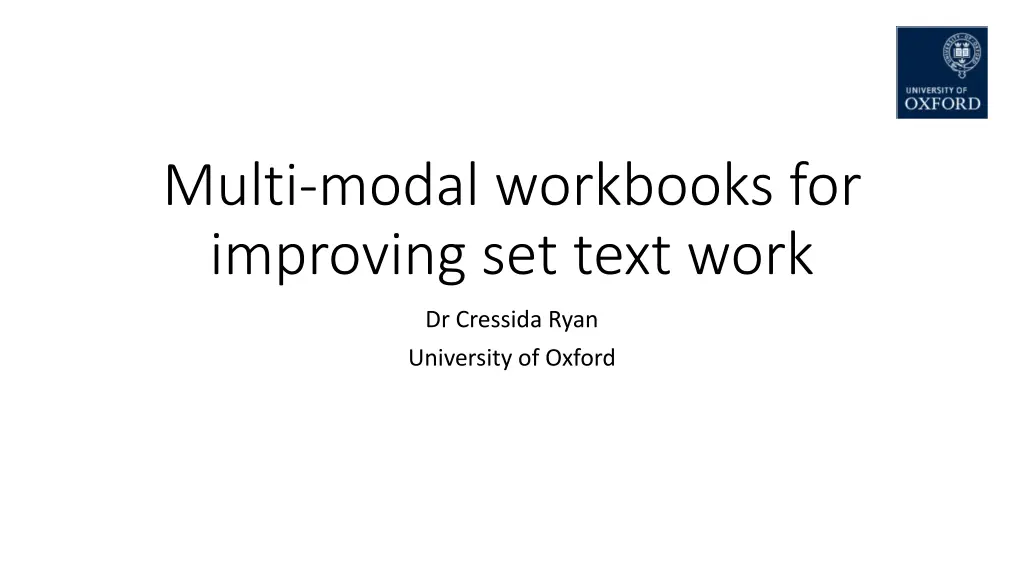
Improving Set Text Work Through Multi-Modal Workbooks and Activities
Enhance your understanding and engagement with set texts through multi-modal workbooks and various activities. Explore vocabulary, translation comparisons, tiered readings, and more to deepen your comprehension and analysis skills.
Download Presentation

Please find below an Image/Link to download the presentation.
The content on the website is provided AS IS for your information and personal use only. It may not be sold, licensed, or shared on other websites without obtaining consent from the author. If you encounter any issues during the download, it is possible that the publisher has removed the file from their server.
You are allowed to download the files provided on this website for personal or commercial use, subject to the condition that they are used lawfully. All files are the property of their respective owners.
The content on the website is provided AS IS for your information and personal use only. It may not be sold, licensed, or shared on other websites without obtaining consent from the author.
E N D
Presentation Transcript
Multi-modal workbooks for improving set text work Dr Cressida Ryan University of Oxford
Situation (Problem) 1) Students know what the text says so why are they learning Greek? 2) The text is largely written by non-native speakers and so is not always good Greek 3) Each author s style is very different 4) The vocabulary is huge, but has a relatively small core 5) The level is much harder than most beginners students would be expected to achieve in 60 contact hours 6) While learning styles may be outdated, it is true that the same course aims and objectives can be reached in multiple ways, and students will benefit from different combinations of these. 7) Students don t know what prepare means for a set text.
Vocab list questions 1. Add in any points which might help you to remember these words. 2. Match these words to the places where you need them in the text, and work out what form of the word is used in context. 3. Read the passage and make a note of any words you don t know. Check this list against the one below. If there are more words you need to look up, look them up now, but also make a note of them somewhere else as they are core words you definitely need to know. 4. Which of these words do you think are really important to learn, and which do you think might be very specific to this passage?
Comprehensible input / tiered readings My version , ; . , . , . Luke s version 8 , ; 9 , , . 10 , , .
Other activities 1) Collaborative commentaries on translation comparisons 2) Translating the text into different styles and explaining the styles 3) Write commented translations, potentially contributing to an international crowd-sourcing project 4) Compare and contrast translations 5) Compare and contrast visual representations of the text 6) Write your own tiered version 7) Unscramble different translations 8) Respond to ChatGPT translations and discussions of translations 9) Diagram texts to look at rhetorical structure 10) Textual critical discussion 11) Lexical frequency and distribution discussion 12) Questions a. What did you find difficult about this passage? b. Where would you find backup support to explain? c. What would you need to help you explain it to another beginner?
Support video resources 1 1)Reading out the text 2)Commenting on grammar and working through difficult clauses 3)Commenting on unusual words, including corpus statistics 4)Stylistic comments 5)Textual criticism discussion 6)Relevant linguistically-grounded exegetical comment
Other digital activities include 1. Voice recordings of the text by section, to be listened to in isolation, or alongside the printed text. 2. Listening comprehension 3. Dictation tasks 4. Drag and drop paraphrases / summaries of the action into the correct order 5. Highlighting parts of speech to be learned Drag and drop Greek sentences into the correct order 6. Vocabulary flashcards 7. Kahoot comprehension quizzes and last-man standing quizzes to check for understanding
Benefits of the approach 1. Leads to deeper understanding of the text 2. Students feel more personalised learning is happening 3. More collaborative working can happen 4. More in keeping with what we know about Second Language Acquisition 5. Makes revision easier for students as resources are all there 6. Allows for more interesting assessment tasks Contact: cressida.ryan@gmail.com / cressida.ryan@theology.ox.ac.uk


